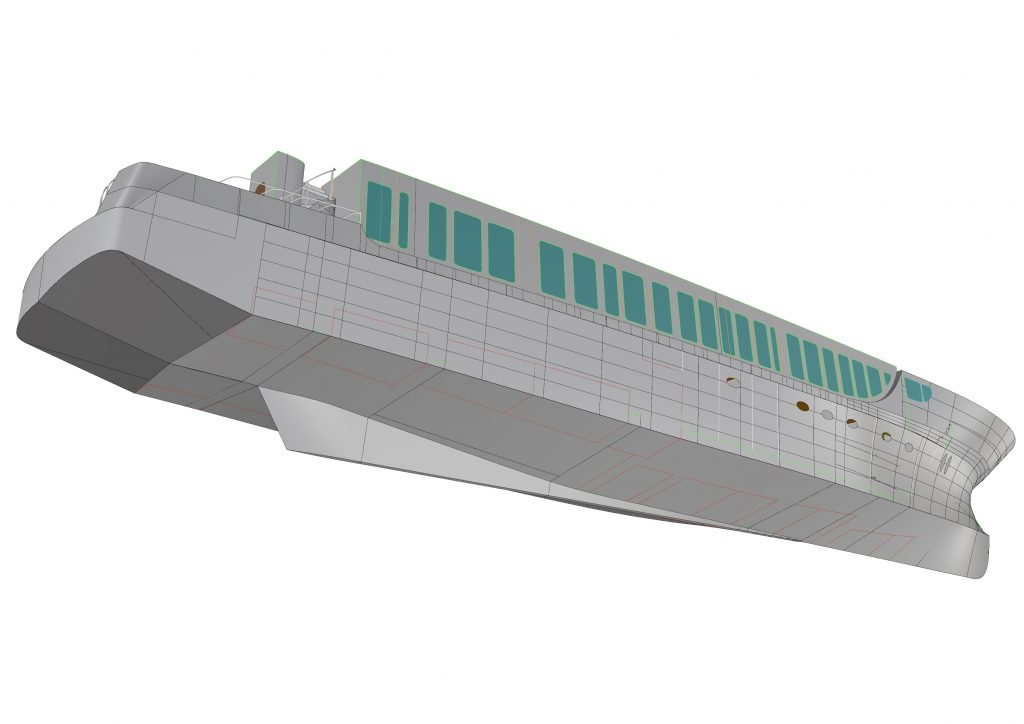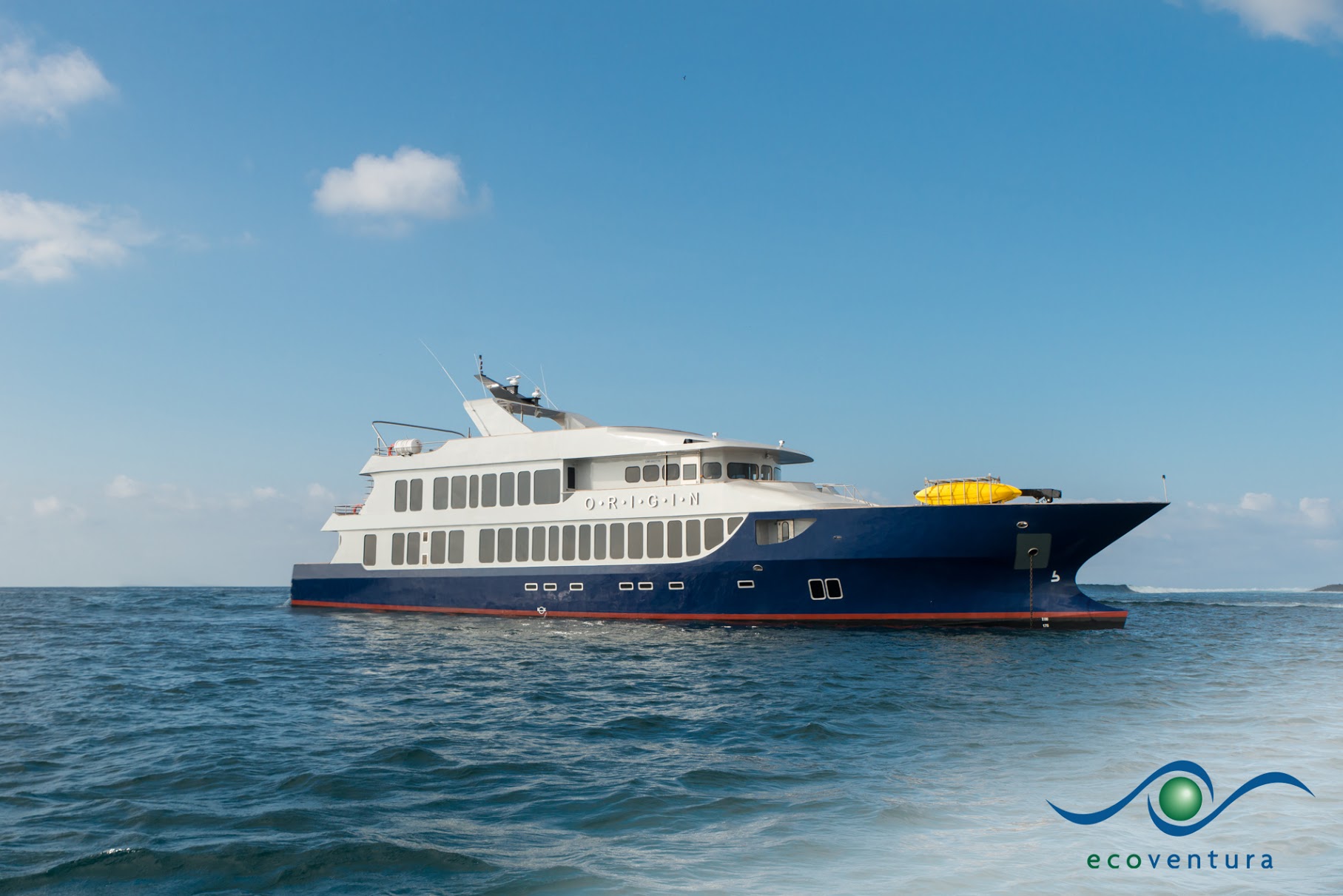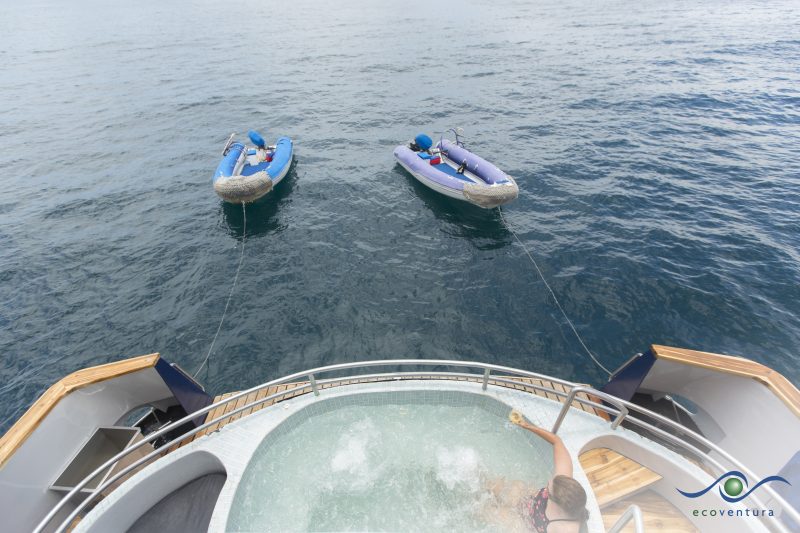AUTHOR Daniel Andino

CONSERVATION IN GALAPAGOS
Discover How Ecoventura designed the Origin & Theory for Stability and Comfort
The ORIGIN (built in 2016) and the THEORY (built in 2019) were constructed using the most recent technological advancements available in modern shipbuilding. It is Ecoventura’s dream boat, blending the best of tasteful design and decor, luxury amenities, and environmental sustainability.

The 20-passenger vessels were custom built to maximize fuel efficiency and comfort, and incorporated feedback from guests collected over the Ecoventura’s two-plus decades as a leader in Galapagos expedition cruising. A frequently asked question of Ecoventura passengers as they plan for their upcoming voyage is whether or not our luxury vessel, the Origin & Theory have stabilizers…
You can rest assured the they were designed with stability and comfort in mind and are as stable of a yacht as you can build for its size.

The shape of the bow has a curved design that allows it to cut through ocean waves like a hot knife through butter. This curvature also creates considerably less drag and reduces effective RPM which makes the vessel more fuel efficient. It also serves to reduce the bow to stern movement adding to the overall stability of the vessel.
Complying with OMI resolution A7.49(118), the hull is made of naval steel and its superstructure is composite allowing it to be bottom heavy. These materials also serve to make the center of gravity as low as possible to maximize stability.

As opposed to the hydraulic stabilizers, we opted for fixed stabilizers, also known as a bilge keel. Employed in pairs (one for each side of the ship), bilge keels are known to reduce roll (port to starboard motion) more than hydraulic stabilizers. A ship may have more than one bilge keel per side, but this is rare and was not necessary with the ship given its size and optimal shape. Bilge keels work to increase hydrodynamic resistance to rolling, further allowing the ship to roll less.

Our bilge keel, like most, is “V” shaped and welded along the length of the ship at the turn of the bilge, hence its name. These stabilizing mechanisms have a major advantage in their low impact on internal ship arrangements. Unlike fins, bilge keels do not have any components inside the hull that would adversely affect cargo, mission spaces or, in our case, cabin size.
The end result of these construction features is a ship that makes guests more comfortable than similar yachts in its class, contributes to less stress on the ship which translates to a greener ship, and reduces the rolling which increases safety as much as it does comfortability during our smooth sails through the Galapagos Islands.

If you have any further questions about ship construction or would like to book your travel today, please feel free to contact us at your earliest convenience!

